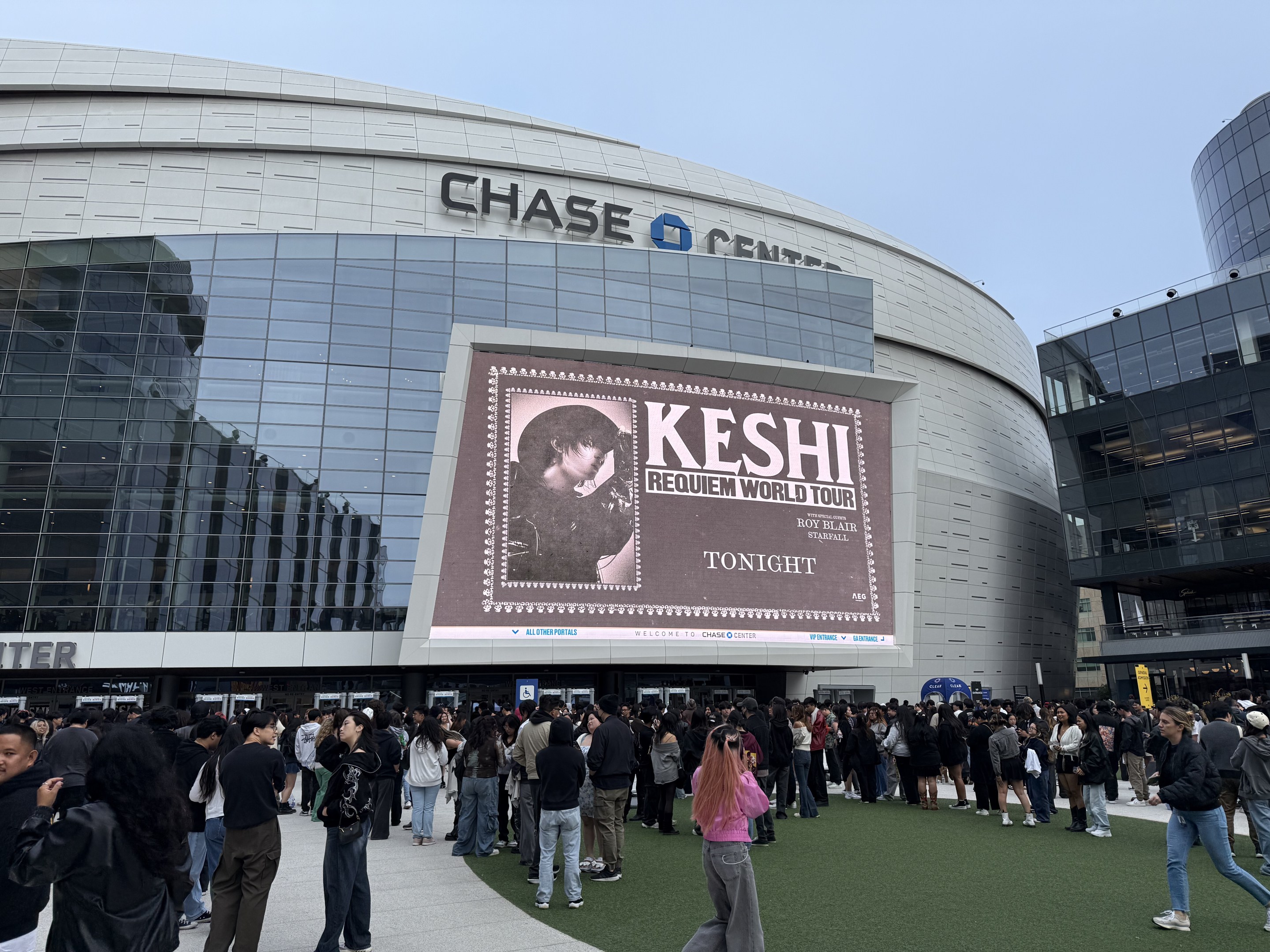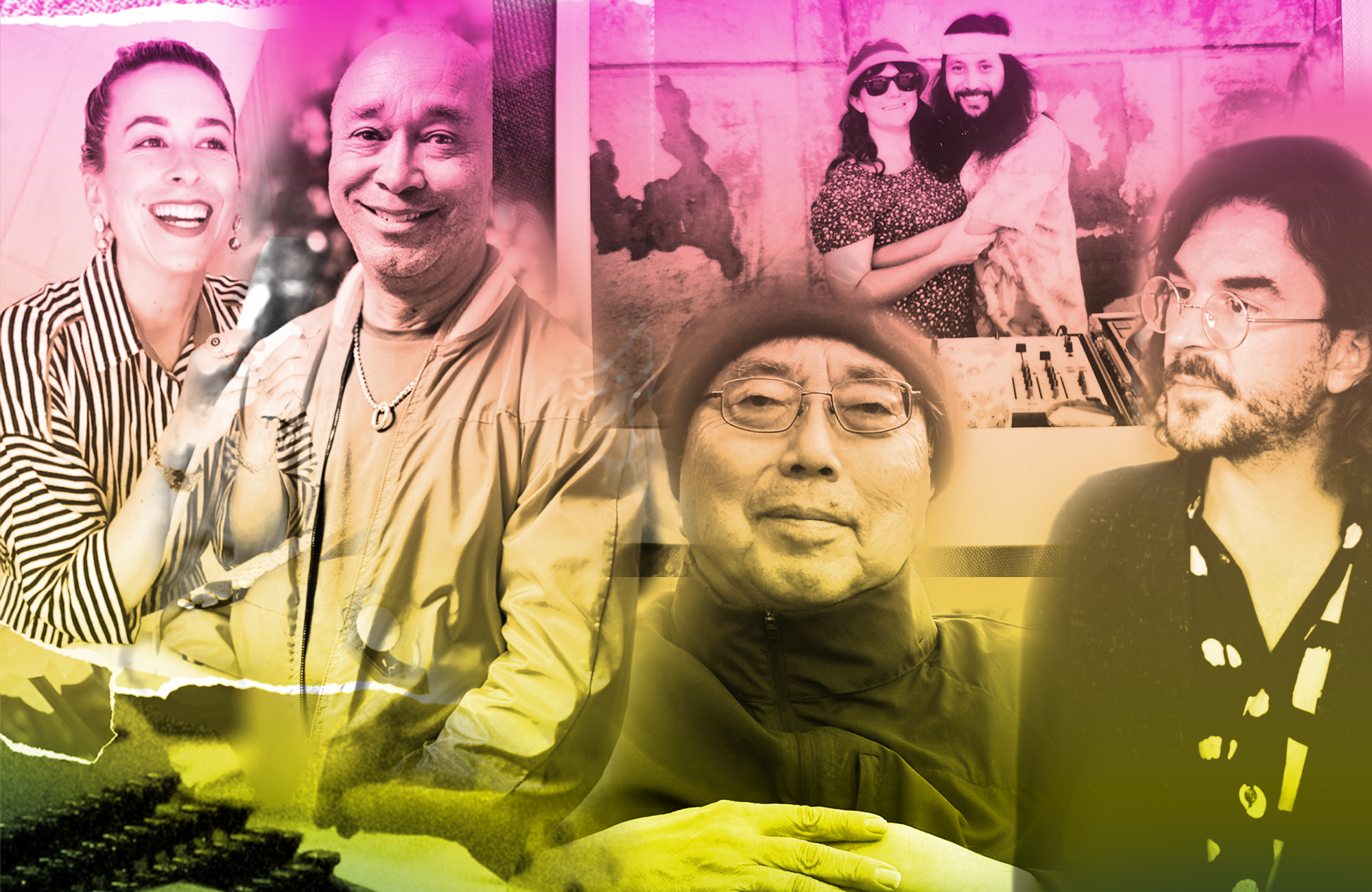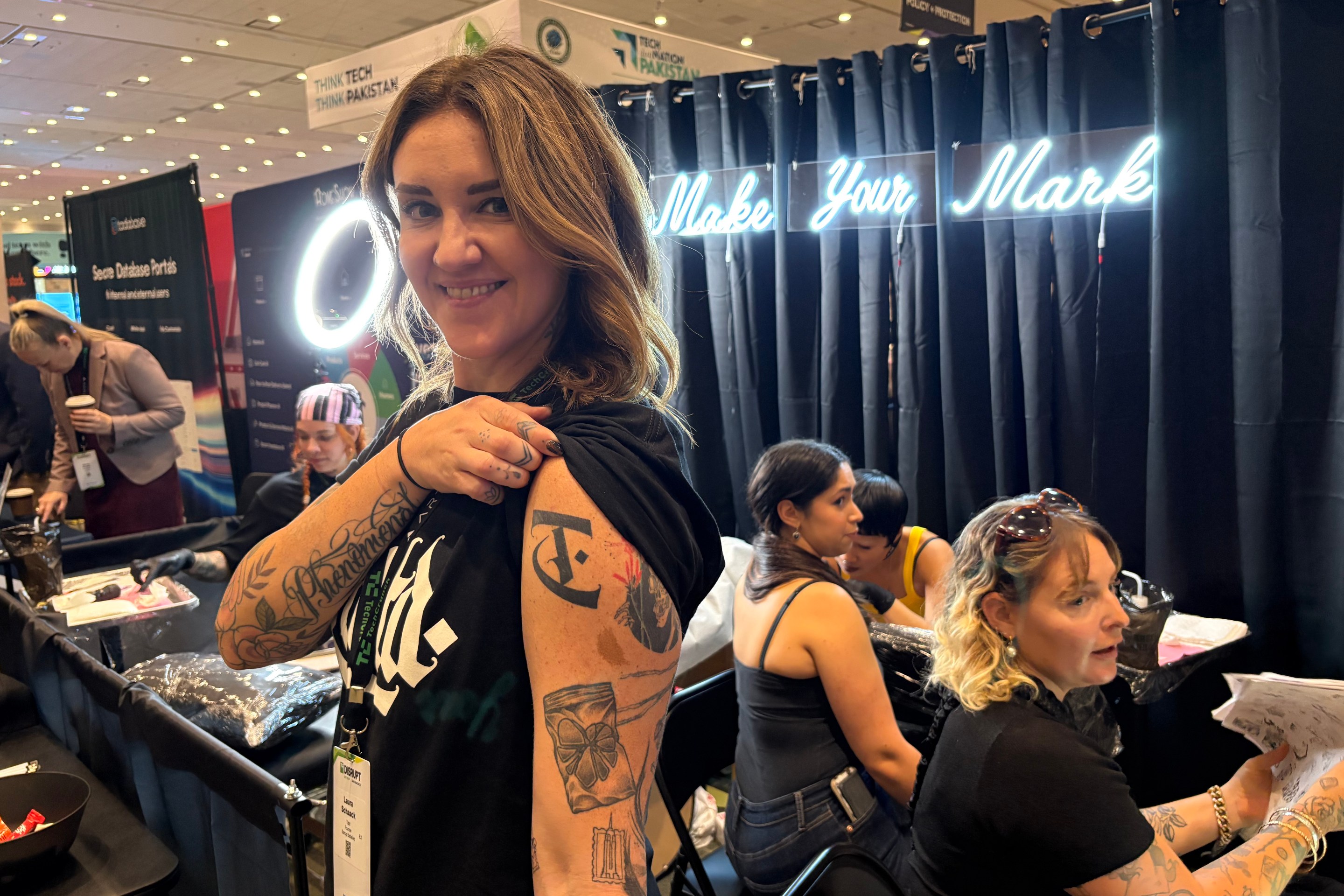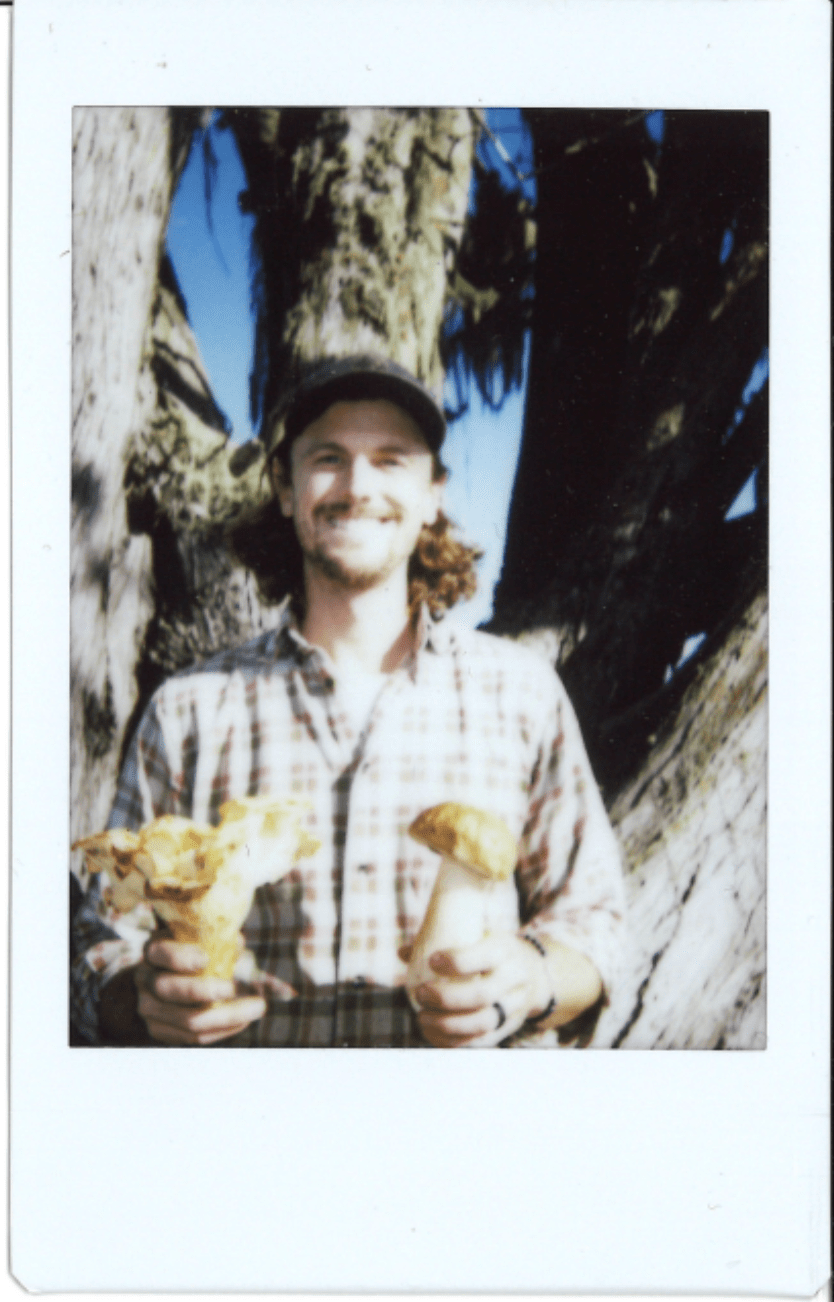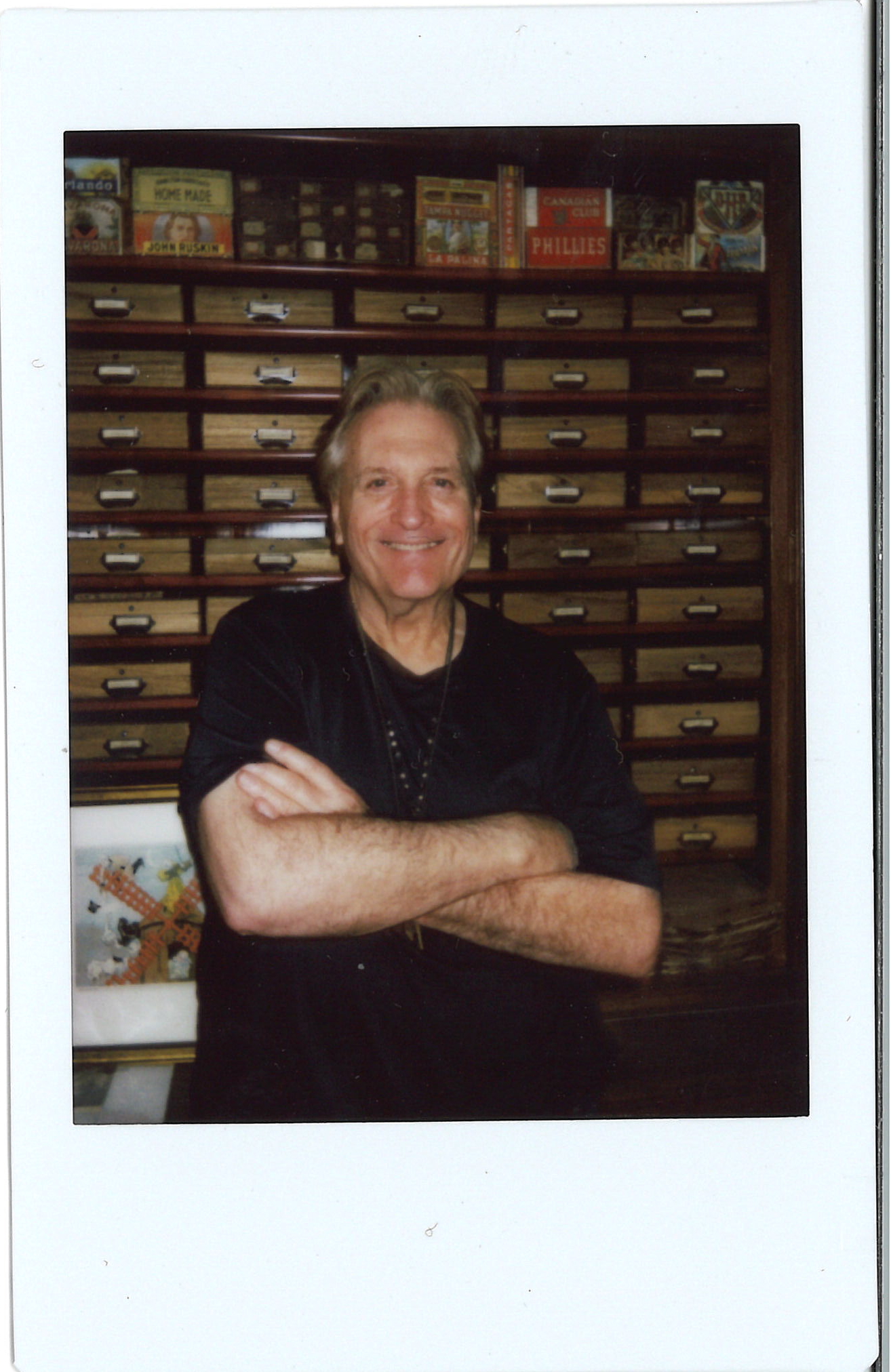For a cohort of young Asian American adults, Keshi is a generation-defining artist famous enough to fill Chase Center. Unless you are between the ages of 18 and 26, you have more than likely have not heard of him.
That’s exactly the point.
Keshi is the stage name of Texas-born singer Casey Luong, a Vietnamese American twentysomething who writes soft, sweetly-sung mood music about being young and deep in your feelings. He has at least a dozen songs that boast hundreds of millions of streams; he has a devout audience even if he’s not necessarily leading the Billboard charts.
His popularity is a byproduct of the pandemic, according to San Francisco resident Timmy Liu, 21, whom I spoke to as he and thousands of others queued outside Chase Center for Keshi’s performance last night. During Covid, a historically fraught time to be a young Asian person, everyone in his friend group was passing along Keshi songs to one another as a way to stay connected. For many of his fans, Keshi was their adolescence; listening to him now is a kind of harbor from all the ways life tosses them about.
“There’s a gap between American and Asian [identities],” Liu says. “He helps to define the Asian American experience.”
Keshi’s appeal as a musician is in how nice it all feels. The songs are gentle, guitar and piano ballads swathed in 808s and mid-tempo grooves. His voice is melancholic, his primary vocal stunt being a breathy, heady falsetto. On his records, it is primed for "vibes" mixes and couples' shared playlists. As Liu put it to me, “Even if you’re not depressed, he makes depressed music.” It is not quite what you'd expect to fill arenas, but here he is Tuesday evening: selling out the 19,500-capacity Chase Center.
No casuals here, either. The courtyard in front of Chase Center was full of young people by 6:30 p.m.; a building employee whispered to me before the show that people had been waiting for merch since 11 a.m.
Even if you’re not depressed, he makes depressed music.
Live, this stuff must have felt life-affirming to his fans. There were singalongs to just about every song in the set, people in tears mouthing the words around me with phones on 5x zoom to record every moment. Keshi knows his way around a hook, and these ones stick. The songs sound like proper anthems on stage, with a muscular live band amplifying the early-aughts emo quality in Keshi’s vocal performance. When his voice quavered, most notably on the fan-favorite acoustic ballad “Understand,” it feels like an outpouring of emotion from a guy who’s prone to crying on stage. By the time he got to the encore, he told the crowd that he was “extremely fucking ill.” (He canceled his show in San Diego today on account of his illness.)
None of this quite explains how this guy could sell out the same stage that Katy Perry had her freak accident a month ago. What sets Keshi apart from every other modern crooner is the intense, identity-based fandom he has built. It was a new feeling to be at a concert and surrounded by this many other Asian people. (An aside: I am curious about what it would be like to be at the show and not be a person of color; call it "The Only White Guy at the Keshi Show.")
Little has been written in the traditional press about this sort of contemporary US-born Asian culture, about how artists like Keshi are formative touchstones. It’s perhaps best crystallized by the music label 88rising, that links musicians across the Asian diaspora through a style and aesthetic (borrowed liberally from Black American culture) that feels like something for Asians, by Asians. These musicians are not just artists, they’re a subculture unto themselves.

“It’s a community,” Krithi Koduru, 20, says. “A lot of people have the same interests. A lot of people who are not in the Asian American community don’t enjoy the same things.” Koduru said she first discovered Keshi through her favorite K-pop idol, the heartthrob-y Yeonjun from the boy band Tomorrow X Together: fandoms supporting and spawning other fandoms.
Keshi is so closely linked to the young Asian American experience that his name has become shorthand for a certain brand of matcha-sipping, baggy jean-wearing, feminist lit-reading “male manipulator,” one that is apparently pervasive in the Bay Area. Naturally, Keshi does not love this association, nor do some fans, like Koduru. When I asked attendees about the so-called Keshi stereotype, everyone laughed. Or sighed.
“We were joking, ‘Oh, we're gonna see the Stüssy hoodies, the matcha, and the Labubu,’ and look around,” 19-year-old Kylee Fernandez said, pointing to the various signifiers of modern pan-Asian swagger.
“There’s a lot of Labubus out there,” her friend, Daly City resident Rena Bernardino, said, with a hearty laugh. “Take a look around. Performative.”
It's an inside joke, and everyone at Chase Center is in on it.
Keshi is a form of representation for young Asian Americans in the sense of being a famous Asian American musician, sure, but more importantly to them, he has captured how it feels to be down bad. There’s an authenticity to Keshi’s voice and perspective, Liu, the 21-year-old San Franciscan, says, that reminds him a bit of Adele.
A song titled “Soft Spot” is emblematic of Keshi’s resonance to this audience. Keshi explained to the crowd that he was nervous to write a straight-ahead love song, how he was used to “writing about bittersweet shit.”
“This song is not quite about love,” he said, introducing the soft disco-y number to endless whoops and hollers. “It’s about touching arms with someone a little too long and you know it… when you’re making eye contact a little too long. This song is about that electricity.”
It’s a universal feeling evoked by countless songwriters, but for this group of young people, it may be the first time someone who looks like them has expressed it. In a region with a large and diverse Asian population, it's little wonder that Keshi can fill a stadium. To see yourself is to be understood.
